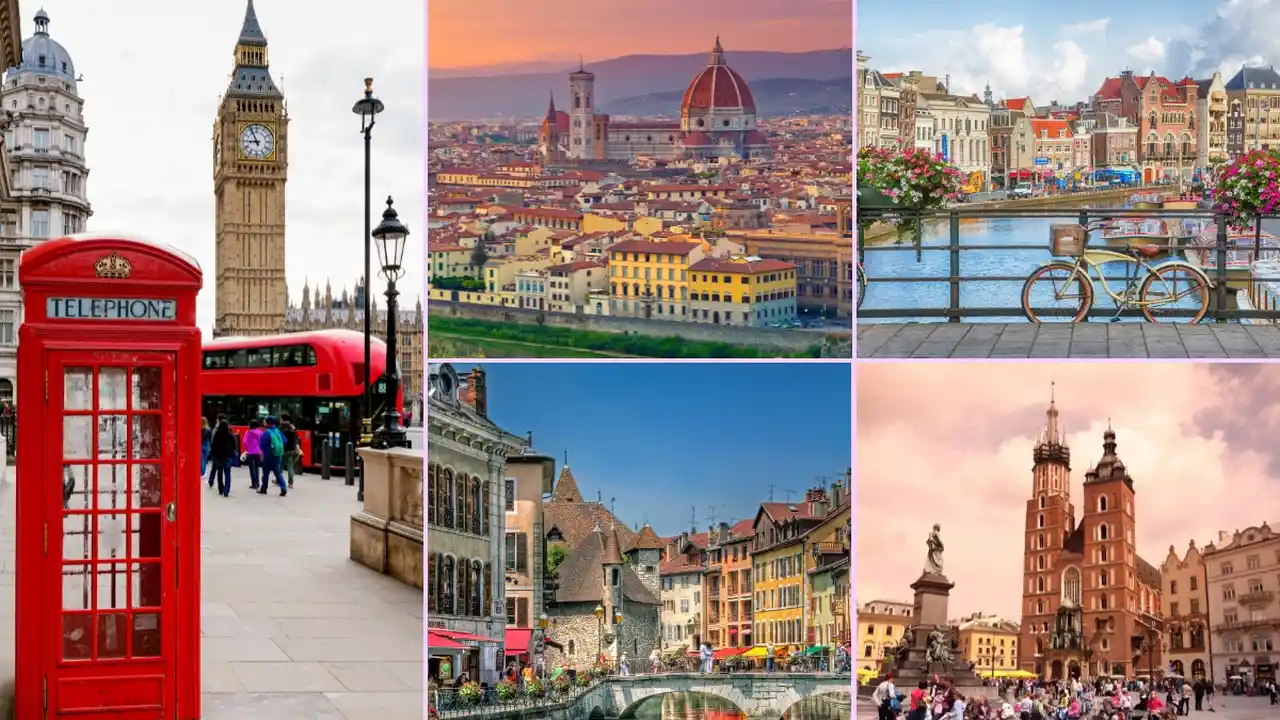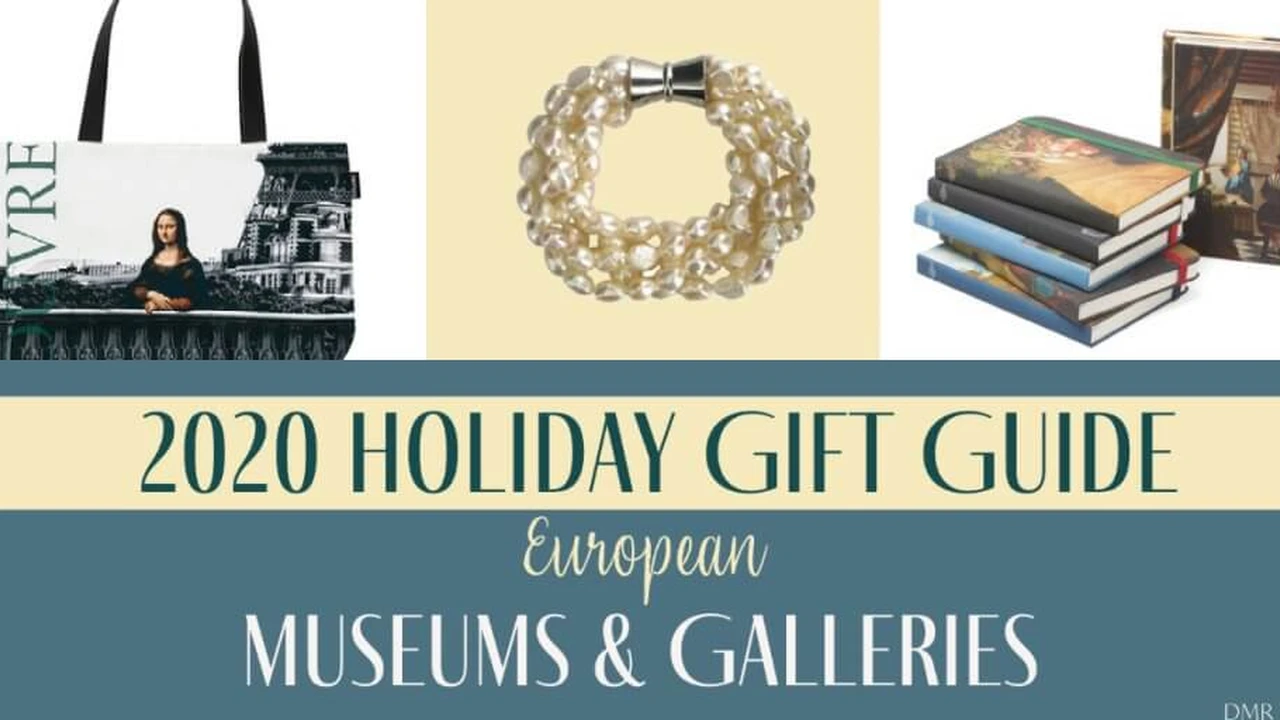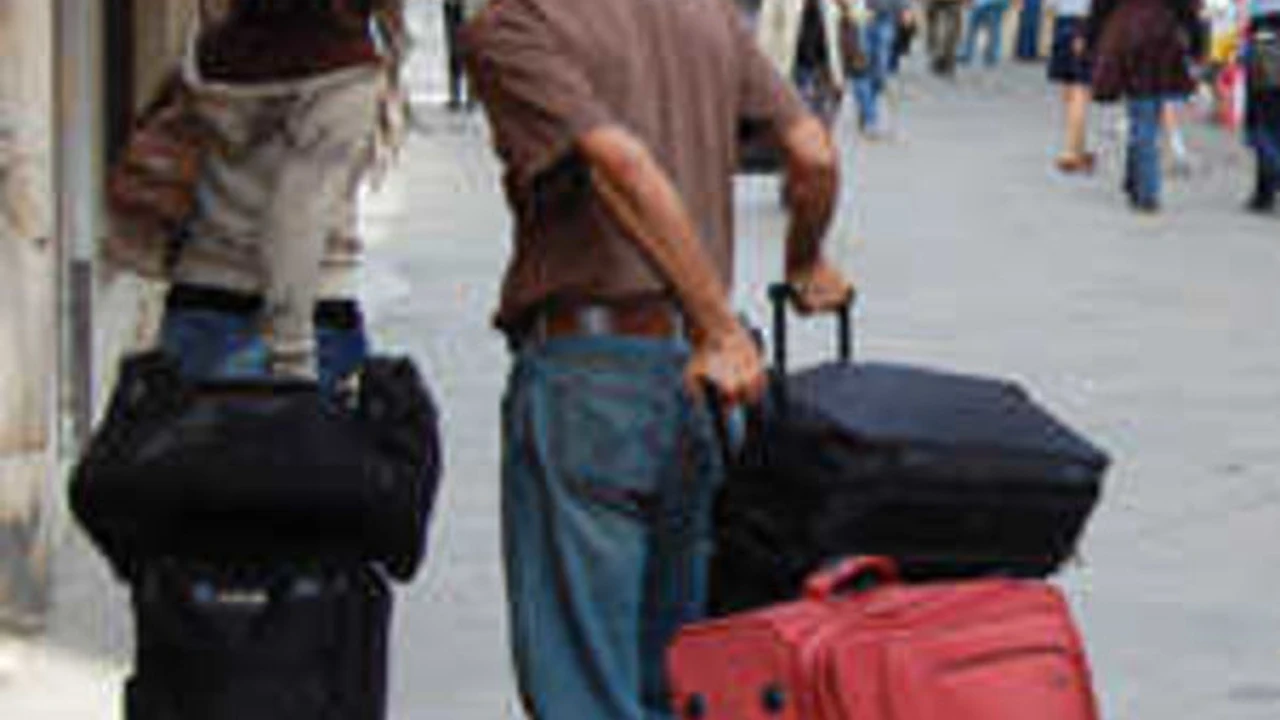7 Best Historical Museums in Berlin: A US Tourist's Guide
Okay, here's the expanded article content for your "European History & Culture" category, incorporating your requirements. Remember, this is just the article content itself, *without* any surrounding pleasantries or bracketed explanations.Sample meta description.

Berlin Historical Museums A US Tourist's Perspective
So, you're an American tourist hitting up Berlin for a history and culture fix? Awesome choice! Berlin is practically dripping with stories, and its museums are some of the best in the world. Forget just reading about the past – you can practically *feel* it here. I've been there, done that, and compiled my personal top 7 historical museums in Berlin, specifically with a US tourist in mind. Think about it: we approach history differently, and sometimes the context is lost in translation. This guide aims to bridge that gap.
Museum Island Berlin A UNESCO World Heritage Site
Let's kick things off with the obvious: Museum Island. It's not just *one* museum; it's five, all crammed onto a little island in the Spree River! It's a UNESCO World Heritage site for a reason. You could spend days here, seriously. But since you probably don't have days, here's the breakdown:
The Pergamon Museum Ancient Wonders and Architectural Marvels
The Pergamon Museum is probably the most famous. Prepare to be blown away by the Ishtar Gate of Babylon and the Pergamon Altar. Seriously, these things are HUGE. It's like stepping back in time. Heads up: it can get incredibly crowded. Book your tickets online in advance, *especially* during peak season. Trust me on this one.
The Neues Museum Nefertiti and Egyptian Art
Home to the iconic bust of Nefertiti, the Neues Museum is all about ancient Egyptian art and culture. Even if you're not usually into Egyptian stuff, Nefertiti is worth the price of admission alone. Plus, the building itself is stunning, a mix of old and new architecture. It was heavily damaged during WWII and meticulously restored.
The Altes Museum Classical Antiquities and Sculpture
If you're into classical antiquities – think Greek and Roman sculptures – the Altes Museum is your jam. It's housed in a beautiful neoclassical building and has a really impressive collection. Think stoic busts and perfectly formed marble bodies. It's a great place to just wander and soak it all in.
The Bode Museum Sculpture and Byzantine Art
The Bode Museum focuses on sculpture from the Middle Ages to the 18th century, as well as Byzantine art. It's a bit more niche than the other museums, but if you're interested in those periods, it's definitely worth a visit. The building itself is also quite impressive, located at the tip of Museum Island.
The Alte Nationalgalerie 19th Century Art and Impressionism
The Alte Nationalgalerie showcases 19th-century art, including Impressionist paintings. Think Monet, Renoir, and other familiar names. It's a nice change of pace from the ancient artifacts and a good place to see how art evolved over time.
DDR Museum Experiencing Life in East Germany
Okay, this one is a MUST. The DDR Museum is all about life in East Germany (the Deutsche Demokratische Republik, hence DDR). It's incredibly interactive – you can touch everything, open drawers, and even sit in a Trabant (the iconic East German car). It's a really immersive experience and gives you a great sense of what life was like behind the Iron Curtain. As an American, it's especially fascinating to see a completely different political and social system.
Topography of Terror Documentation Center Nazi History and Remembrance
This is a sobering but essential stop. The Topography of Terror is located on the former site of the Gestapo and SS headquarters. It's a documentation center that explores the history of Nazi Germany and its atrocities. It's a powerful and moving experience, and a reminder of the importance of remembering the past. Be prepared for some heavy content. It's outside, mostly, so dress accordingly for the weather.
The Jewish Museum Berlin Exploring Jewish History and Culture
The Jewish Museum is another incredibly important museum in Berlin. It explores the history and culture of Jewish people in Germany from the Middle Ages to the present day. The building itself is a masterpiece of modern architecture, designed by Daniel Libeskind. It's a thought-provoking and moving experience that sheds light on a complex and often tragic history.
Charlottenburg Palace Prussian History and Royal Grandeur
Want a taste of royal life? Head to Charlottenburg Palace, the largest palace in Berlin. It was the residence of the Prussian kings and emperors and is filled with opulent rooms, stunning artwork, and beautiful gardens. It's a great place to imagine what life was like for the Prussian elite. Give yourself plenty of time to explore the grounds – they're huge!
East Side Gallery Berlin Street Art and Cold War History
Okay, this isn't technically a museum, but it's a vital piece of Berlin's history. The East Side Gallery is the longest remaining section of the Berlin Wall, and it's covered in street art. It's a powerful symbol of freedom and a reminder of the division that once separated East and West Berlin. It's free to visit and a great place to take some photos.
German Historical Museum (Deutsches Historisches Museum) German History from A to Z
Finally, we have the German Historical Museum. This museum covers German history from its beginnings to the present day. It's a comprehensive overview of the country's past, from the Holy Roman Empire to the reunification of Germany. It's a great place to get a broad understanding of German history and its place in the world.
Recommended Travel Gear for Berlin Historical Museum Tours
Okay, so you're ready to hit the museums! But before you go, let's talk gear. You'll be doing a LOT of walking, standing, and potentially dealing with crowds. Here's what I recommend based on my own experience:
Comfortable Walking Shoes Crucial for Museum Exploration
Seriously, don't even THINK about wearing anything uncomfortable. Your feet will hate you. I swear by my Allbirds Wool Runners. They're lightweight, breathable, and super comfy for all-day wear. They're around $110. Another good option are Brooks Ghost running shoes (around $130). More support, but maybe not as stylish. Avoid anything with heels or stiff leather. Trust me.
Portable Phone Charger Staying Connected and Powered Up
You'll be using your phone for maps, photos, and maybe even translating things. A portable charger is a lifesaver. I recommend the Anker PowerCore 10000 (around $25). It's small, lightweight, and can charge your phone several times. The Mophie Powerstation PD (around $50) is a bit more expensive but offers faster charging.
Lightweight Backpack Carrying Essentials Comfortably
You'll need a place to stash your water bottle, snacks, charger, and maybe a guidebook. A lightweight backpack is perfect. I love my Osprey Daylite (around $50). It's comfortable, durable, and has plenty of pockets. The Herschel Supply Co. Nova Backpack (around $60) is a more stylish option, but maybe not as functional.
Noise Cancelling Headphones Immersing Yourself in Audio Guides
Many museums offer audio guides, and noise-canceling headphones can really enhance the experience. They block out distractions and allow you to focus on the information. The Sony WH-1000XM5 (around $400) are top-of-the-line, but the Anker Soundcore Life Q30 (around $80) are a great budget-friendly option.
Travel Adapter Staying Charged with German Outlets
Don't forget a travel adapter! Germany uses Type C and Type F plugs, which are different from US plugs. You can find a universal travel adapter on Amazon for around $15. Make sure it has surge protection to protect your devices.
Water Bottle Staying Hydrated During Museum Visits
Museums can get hot and stuffy, so it's important to stay hydrated. Bring a reusable water bottle and refill it whenever you can. A Hydro Flask (around $35) is a great option because it keeps your water cold for hours. A cheaper alternative is a Nalgene bottle (around $15).
Comparing Berlin Museum Passes Saving Money on Entry Fees
Okay, let's talk money. Museum entry fees can add up quickly. Here's a breakdown of some options for saving money:
Berlin Welcome Card All-Inclusive City Pass
The Berlin Welcome Card offers free public transportation and discounts at many museums and attractions. It's a good option if you plan to do a lot of sightseeing. Prices vary depending on the duration of the card (e.g., 48 hours, 72 hours, etc.). Check their website for current pricing and details.
Museum Pass Berlin Free Entry to Many Museums
The Museum Pass Berlin gives you free entry to over 30 museums in Berlin for three consecutive days. It's a great option if you plan to visit a lot of museums in a short amount of time. It typically costs around €32.
Single Museum Tickets Pay-As-You-Go Option
If you only plan to visit a few museums, it might be cheaper to just buy individual tickets. Check the websites of the museums you want to visit for current prices.
Tips for Visiting Berlin Museums As An American Tourist
Alright, here are some final tips to make your museum visits smoother:
- Book tickets online in advance: Especially for popular museums like the Pergamon, this will save you a lot of time.
- Wear comfortable shoes: Seriously, I can't stress this enough.
- Bring a water bottle and snacks: Stay hydrated and energized.
- Download a translation app: Some museums have exhibits in German only.
- Be respectful: Remember that you're a guest in another country.
- Take your time: Don't try to see everything in one day.
- Ask questions: The museum staff are there to help you.
- Enjoy the experience! Berlin's museums are amazing, so take it all in.
:max_bytes(150000):strip_icc()/277019-baked-pork-chops-with-cream-of-mushroom-soup-DDMFS-beauty-4x3-BG-7505-5762b731cf30447d9cbbbbbf387beafa.jpg)






